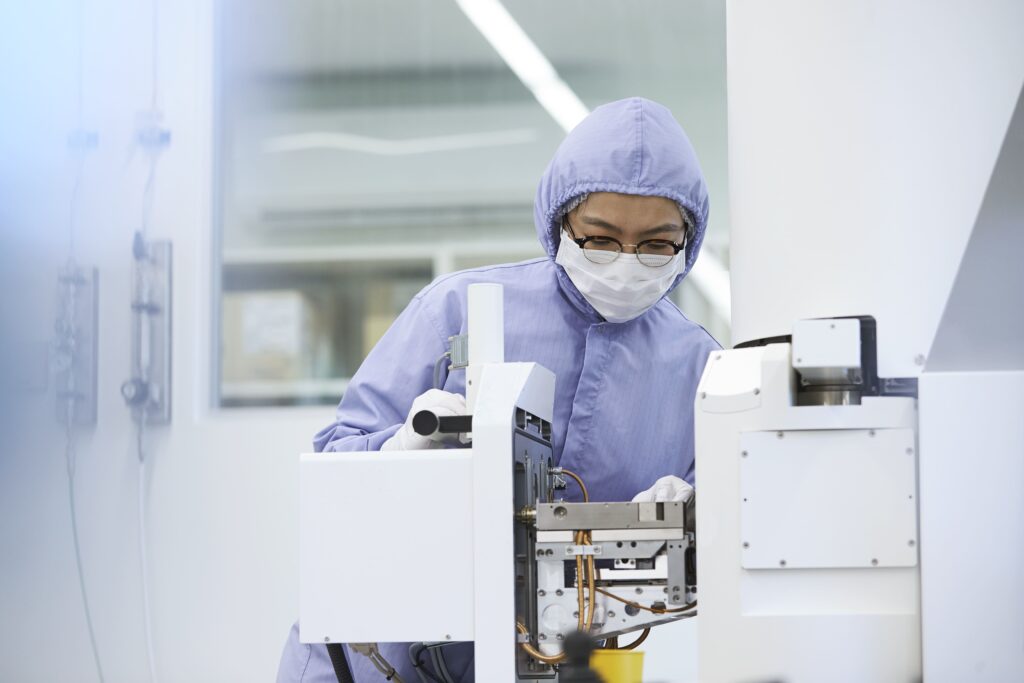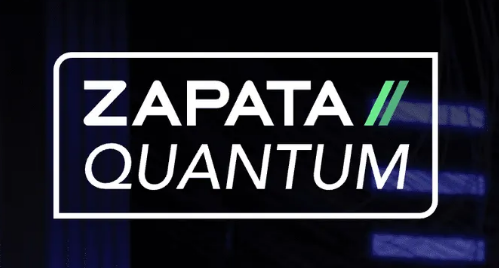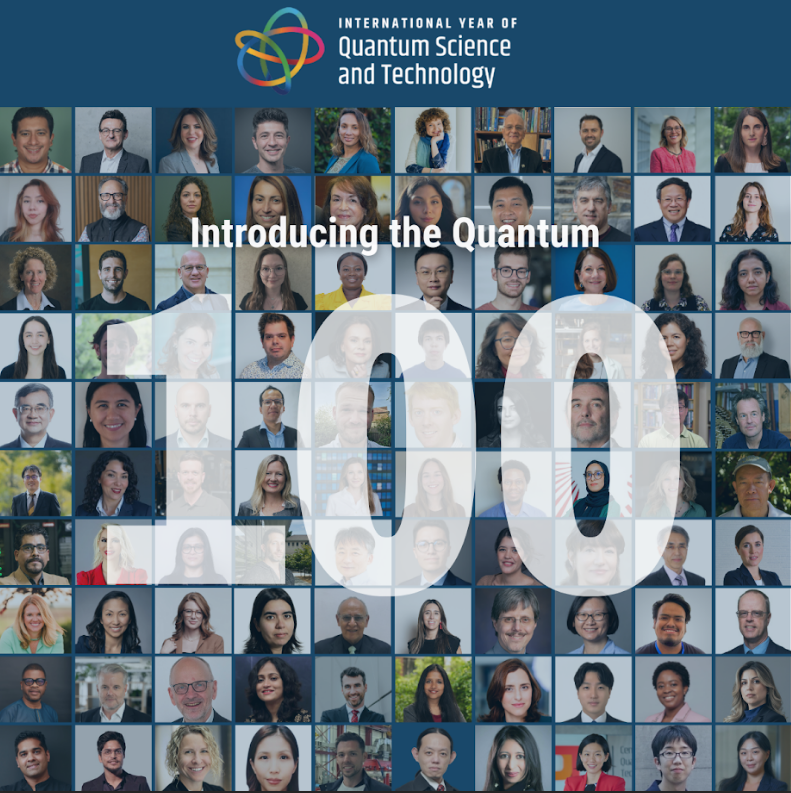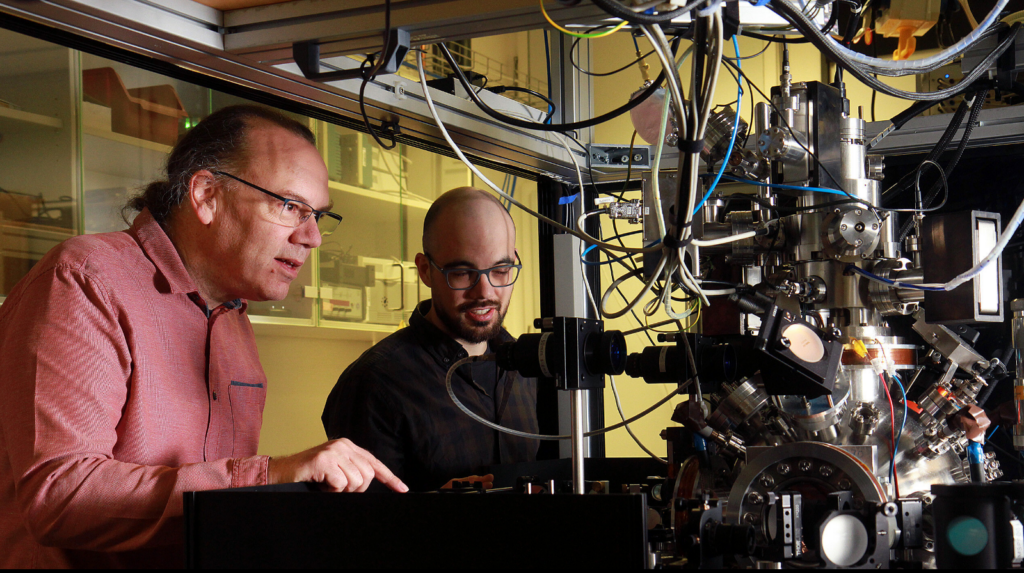Insider Brief
- Researchers report a new chip-scale titanium-doped sapphire laser could lead to new applications.
- Current lasers are costly and take up a lot of space, largely limiting their use to laboratory research.
- Lasers with the small size of a chip could drive applications that are limited by how much power or space they can consume, such as atomic clocks, portable sensors, visible light communication devices, and even quantum computing chips.
- Image: Yale
PRESS RELEASE — A team of researchers has developed the first chip-scale titanium-doped sapphire laser—an innovation that could lead to new applications ranging from atomic clocks to quantum computing and spectroscopic sensors.
The work was led by Hong Tang, the Llewellyn West Jones, Jr. Professor of Electrical Engineering, Applied Physics & Physics. The results are published in Nature Photonics.
When the titanium-doped sapphire laser was introduced in the 1980s, it was a major advance in the field of lasers. Critical to its success was the material used as its gain medium – that is, the material that amplifies the laser’s energy. Sapphire doped with titanium ions proved to be particularly powerful, providing a much wider laser emission bandwidth than conventional semiconductor lasers. The innovation led to fundamental discoveries and countless applications in physics, biology, and chemistry.

The table-top titanium-sapphire laser is a must-have for many academic and industrial labs. However, the large bandwidth of this laser comes at the cost of a relatively high threshold, or the amount of power that it requires. As a result, these lasers are costly and take up a lot of space, largely limiting their use to laboratory research. Without overcoming this limitation, said Yubo Wang, lead author of the study and a graduate student in Tang’s lab, titanium-sapphire lasers will remain limited to niche customers.
The combination of the performance of titanium-sapphire lasers with the small size of a chip could drive applications that are limited by how much power or space they can consume, such as atomic clocks, portable sensors, visible light communication devices, and even quantum computing chips.
To that end, the Tang lab has demonstrated the world’s first titanium-doped sapphire laser integrated with a chip-scale photonic circuit, which provides the widest gain spectrum yet seen on a chip—paving the way for numerous new applications.
The key is in the laser’s low threshold. While conventional titanium-doped sapphire lasers have a threshold of more than 100 milliwatts, the Tang lab’s system had a threshold of about 6.5 milliwatts. With further tweaking, they believe they can further reduce it to 1 milliwatt. The system they developed is also compatible with the family of gallium nitride optoelectronics, which are widely used in blue LEDs and lasers.
The study’s other authors are Jorge A. Holguín-Lerma, Mattia Vezzoli, and Yu Guo.
If you found this article to be informative, you can explore more current quantum news here, exclusives, interviews, and podcasts.


















